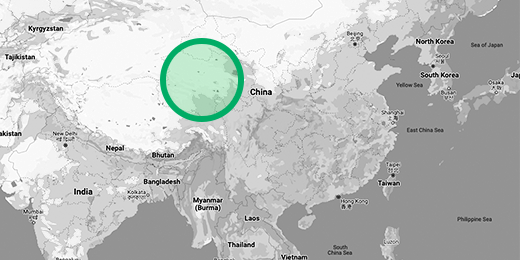The China National Petroleum Corporation (CNPC) is setting up a CCUS hub in the Junggar Basin in northwest China. This area has a high concentration of large-scale emitters with relatively pure carbon dioxide streams.
In the first phase, operating by 2025, CNPC plans to construct the pipelines and storage systems, and capture 1.5 million tonnes of carbon dioxide each year from one of its own refinery facilities. In the second phase, expected to capture 3 million tonnes of carbon dioxide per year by 2030, the hub will expand its transport infrastructure, taking carbon dioxide from hydrogen production, as well as from other potential customers including cement, steel and power plants. The aim is to expand to 10 million tonnes per year by 2040.
Interest from industrial emitters is growing. China announced in 2020 that it was targeting carbon neutrality by 2060, and a national emissions trading scheme started operating in July 2021. Although carbon prices on the scheme have started low, at a few dollars per tonne, emitters are anticipating much higher prices by 2030 that will make CCUS a commercial proposition.
Policy support mechanisms for the development of transport and storage infrastructure demonstration projects have been introduced as part of the National Development and Reform Commission’s five-year plan for a low carbon energy system, introduced in 2022.
CNPC is planning to build three to five additional hubs in China by 2030.

